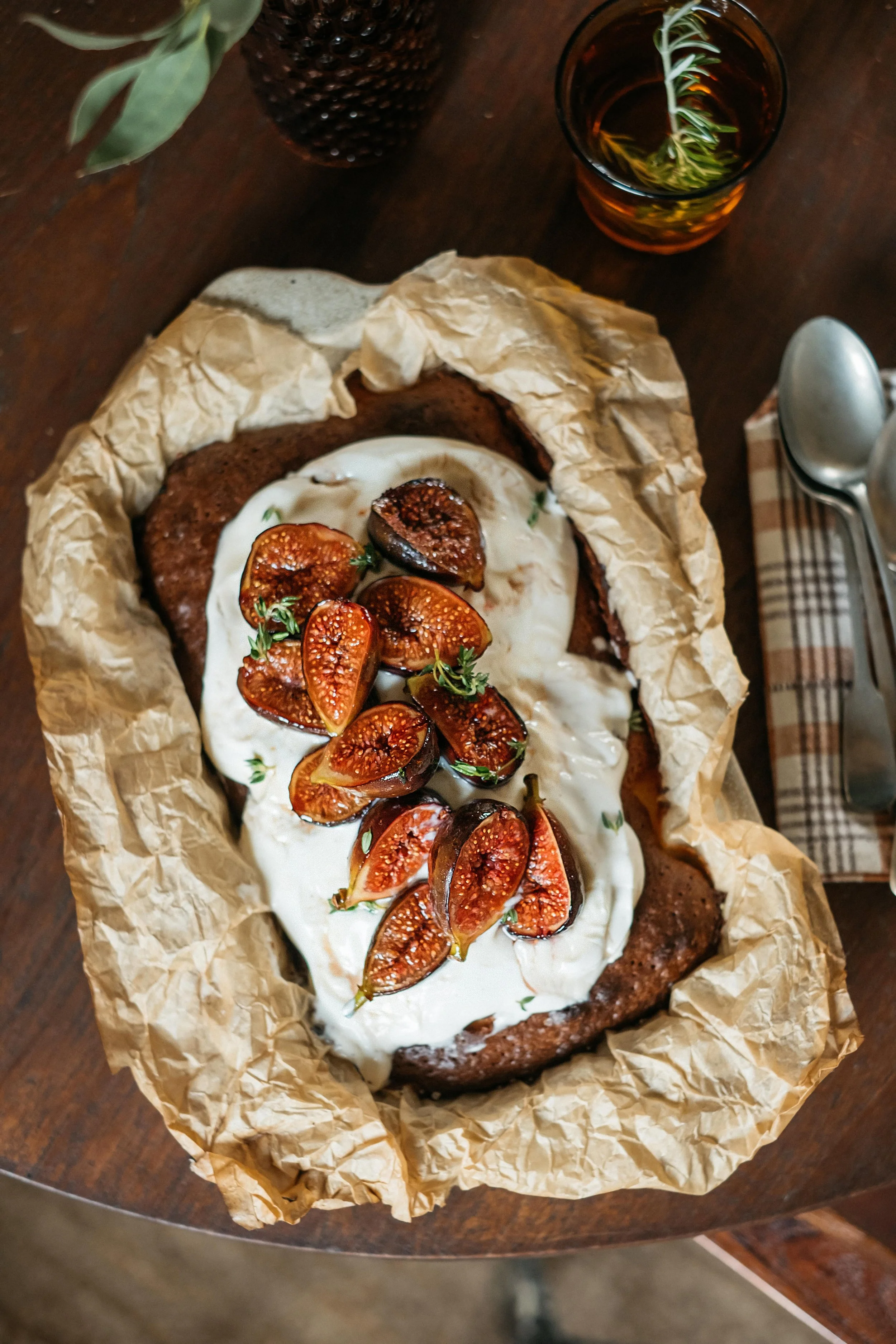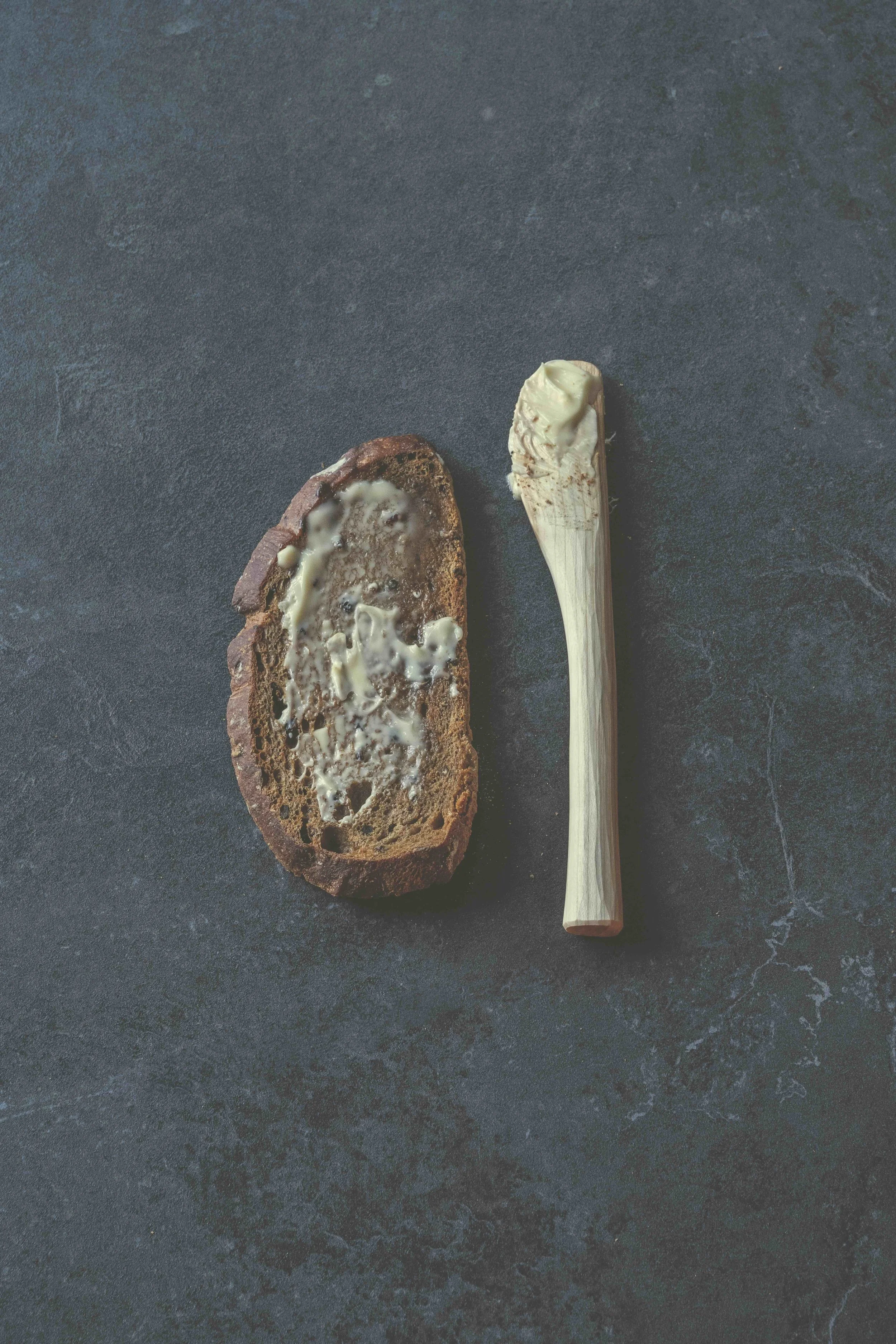A window seat is at the top of our home nook swishlist. Here are a few ways to make the most of yours if you’re lucky enough to have one.
Take tea in it. Proper china, mind. In fact, you probably want to invest in one of those trolleys for cakes and sweet treats, so you can perch your teapot and milk jug on top and not have to make too many needless trips to the kitchen.
Read in it. The obvious thing to do with a window seat is to sit down with a good book and look very picturesque and intellectual from the outside, even if your reading matter is a Jackie Collins and you’ve simply buried the front cover in your lap. Somehow, a window seat increases the appearance of culture in the same way spectacles do. Make the most of it, we say.
Get a bit Gothic. Go all Wuthering Heights and sit and watch the rain lashing at the panes of glass while thinking wistfully of lovers long out of reach.
Flaneur the hell out of it. Sit with the intention of doing absolutely nothing but people watching. If your window looks out only onto your garden you might have to employ a gardener first or send your family out to do some chores so that you may observe them hard at work. Try to make them the occasional mug of tea to avoid becoming a bit irritating.
Become a wildlife expert. Whether it’s birds, butterflies, foxes or merely the local cat population, a window seat affords the opportunity to become au fait with all the living things that pass through.
Turn informant. If your seat looks out on a public byway, get yourself a notebook and come over all Miss Marple. You never know what you might notice that proves useful at a later date. If you don’t spot anything you can always just pretend to be on a stake out, which is just as exciting.
Cloud watch. The original and best bit of mindfulness available. Spot dragons, medieval battles and giant rabbits, all from the comfort of your seat in the window.
Turn the window on its head and become an art installation. Dress up. Use props. Imagine your way into various scenarios and let others enjoy ‘viewing’ you each day, rather than you viewing them.
If you are feeling inspired to creat a window seat of your own, don’t miss our My Place feature in the May issue, in which Lottie Storey has gathered together some of her favourite window seats from Instagram and beyond, including this one, pictured above, which belongs to Jason Korinek @westcross_property_renovation. The May issue is in shops now or available to buy in our online store.
Buy this month's The Simple Things - buy, download or subscribe


































































